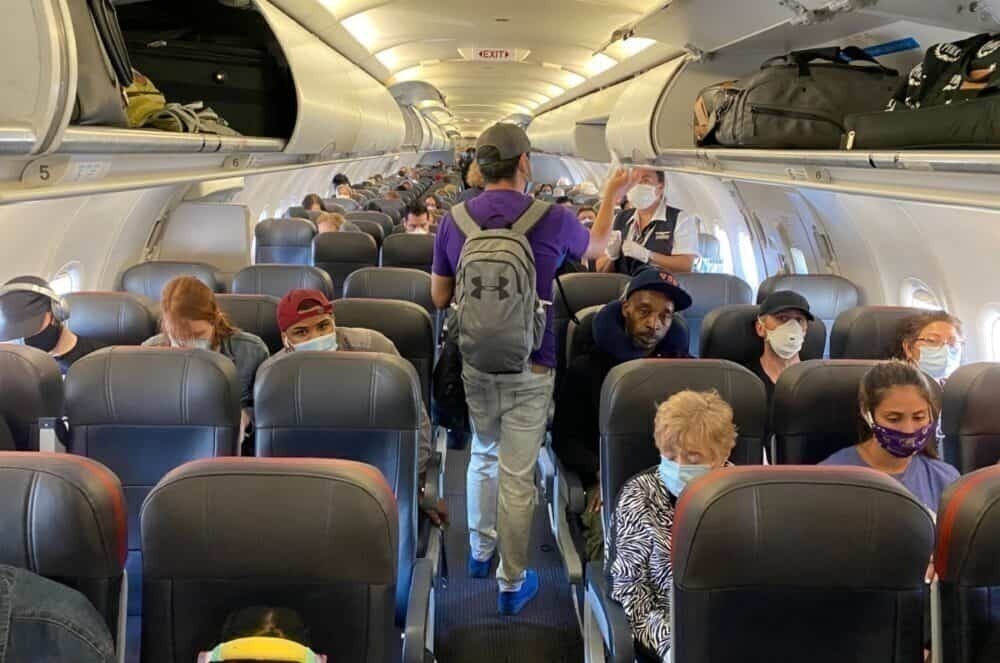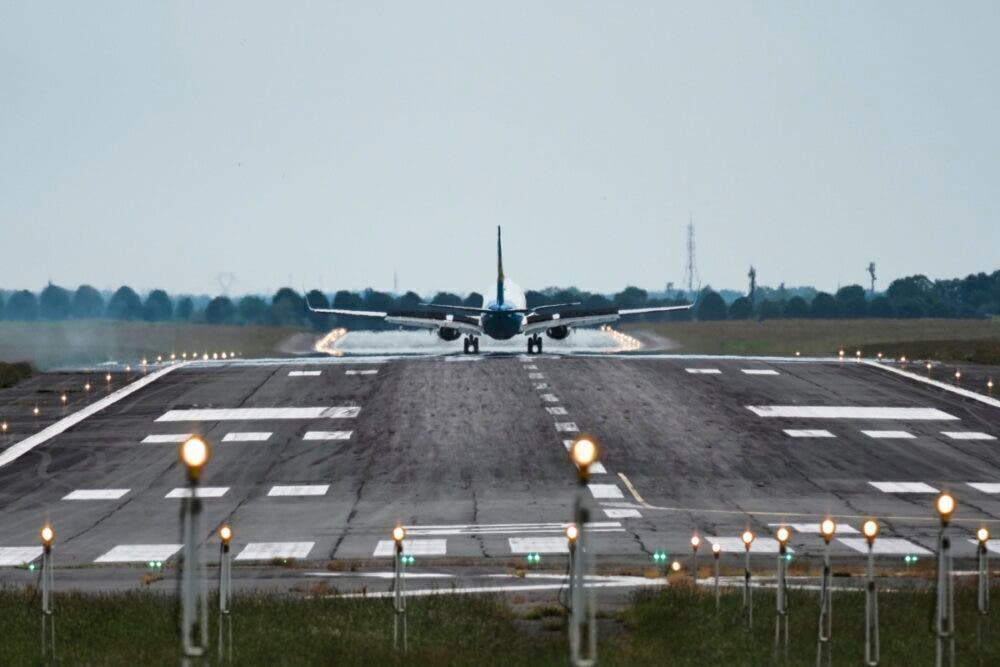The United States Department of Transportation (DOT) has released a “Runway to Recovery” framework early this month, issuing guidance of how the US aviation industry should cope with the COVID-19 crisis. Here’s what is inside the document.

Communication is key
According to the DOT, communication is a big part of navigating the crisis. The document calls for airlines to provide flexible change policies so that passengers do not feel pressured to fly and communicate those policies out to passengers.
At the airport, the guidelines require airlines to collect health attestations and basic information about passengers. The latter is necessary in case of positive cases that require contact tracing. In addition, in terminal spaces themselves, the DOT calls for signs and announcements that remind passengers about public health measures.

Onboard planes, the DOT calls for public health measures and expectations to be included in safety briefings and to remind passengers of safe travel practices throughout the flight, as needed.
Lastly, the DOT calls for airports to post announcements on local health measures at baggage claims and exit areas.

Reaffirming airline policies
Noticeably, the DOT has largely taken the same stance as airlines. One of the biggest points of contention currently is over middle seats onboard aircraft. The DOT recommends that airlines maintain social distancing as much as possible. In particular, the document states:
“Airlines should consider the feasibility of limiting seat availability to enable passengers to maintain social distance from each other during the flight.”

The guidelines also recommend that airlines provide passengers the option to change their flight without penalty if they are not comfortable flying on a relatively full flight. In the case where social distancing is not achieved, crew members are recommended to “actively ensure” that passengers wear masks or cloth face coverings and maintain proper sanitation etiquette.
The DOT remained mum on temperature screening. While it noted that the process might not weed out any people who are asymptomatic carriers of COVID-19, it did note that it could serve as a general deterrent for passengers who may have a fever. However, the DOT also stated that, for those airlines or airports that do implement temperature screening, that there is a program in place for people who may have an elevated body temperature for non-viral reasons to ensure they are not blocked from air travel.

In addition, when it came to onboard customer service, the DOT recommended that airlines should either limit or discontinue food and beverage services on short-haul flights or else serve those in pre-packaged containers.

When it comes to lavatories, the DOT included recommendations that airlines should “designate passenger lavatory use based on seat assignment to limit cabin movement.” Essentially, this would boil down to using a lavatory within your aircraft cabin.
During disembarkation, the DOT put forth suggestions that airlines should “prohibit passenger queueing in the aisle” and “require passengers to stay seated until it is their turn to depart.”
For aircraft cleaning, the DOT recommended that aircraft cabins are disinfected between flight segments when passengers and/or crew change. This includes cleaners, wearing PPE, who clean high-touch surfaces including the galley, armrests, tray tables, seatback screens, buckles, etc. The Department also recommended that aircraft receive a deep cleaning at least once per day in service.
The DOT refuses to take stances
The guidelines held few concrete requirements for airlines. Rather, most of the framework is “recommended.” This continues the policy of the Department to refuse to introduce requirements that many have called for– including wearing masks onboard an aircraft.

Essentially, the plan provides a kind of rubber stamp for current airline policies. This includes reducing social distancing, or the blocking of middle seats as it has come to be known in as in the US air travel industry, as “when possible” events, leaving airlines free to book flights to capacity.
It also absolves the DOT from taking any concrete action. Airlines have called for contact tracing and temperature screening to occur on the federal side of things– through agencies like the TSA– but that has yet to be implemented, and the federal government has shown little willingness to get involved on the matter.
The airline industry is one that is largely reactive compared to being proactive. Security measures were only tightened after the attacks of 9/11 and permanent health measures have yet to be introduced, but likely will in the wake of the coronavirus pandemic. For now, however, the DOT has left it up to the airlines to navigate the crisis.
What do you make of the Runway to Recovery framework? Let us know in the comments!
[ad_2]
Source link



